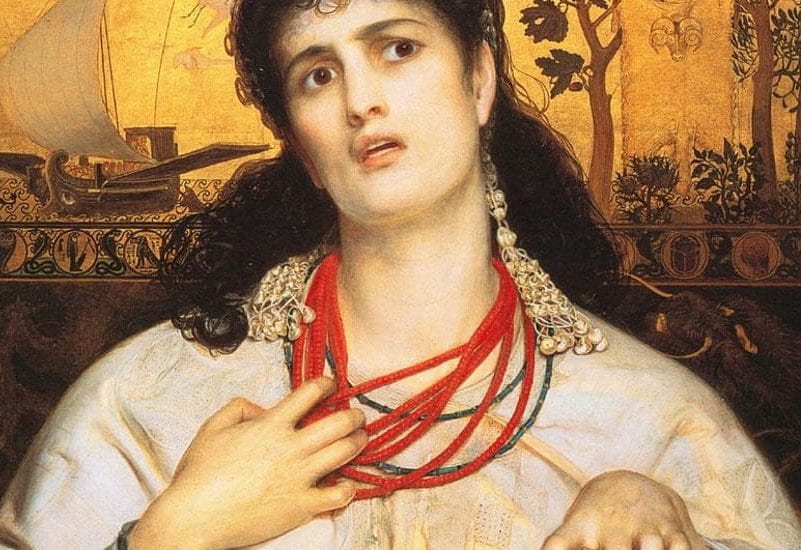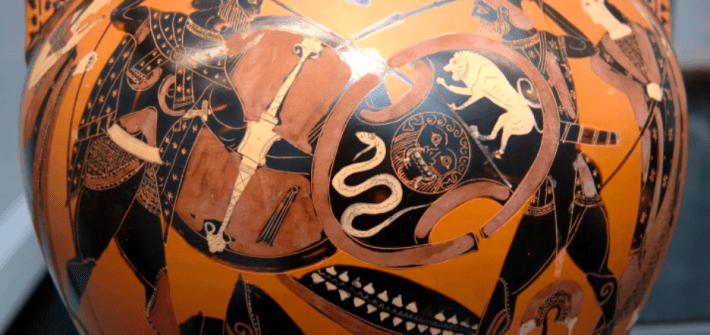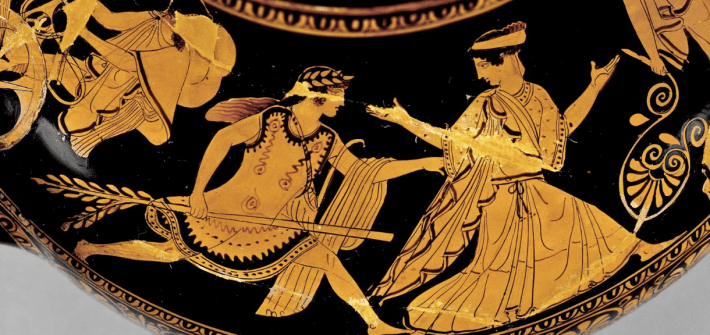The Prosody of Latin S Impura Consonant Clusters in the Waltharius
By Blake Lopez
Comprising the single most comprehensive account of the exploits of Germanic legendary hero Walther of Aquitaine, the Waltharius is a ninth or tenth-century CE Latin epic poem whose nearly 1500 dactylic hexameters offer a goldmine for the study of prosodic developments in post-Classical Latin poetic meter. In 1992, Edoardo D’Angelo tapped many of these veins in his Indagini sulla tecnica versificatoria nell’esametro del Waltharius, where he adroitly discusses and categorizes many instances of innovative vowel lengthening within the prosody of the poem…














